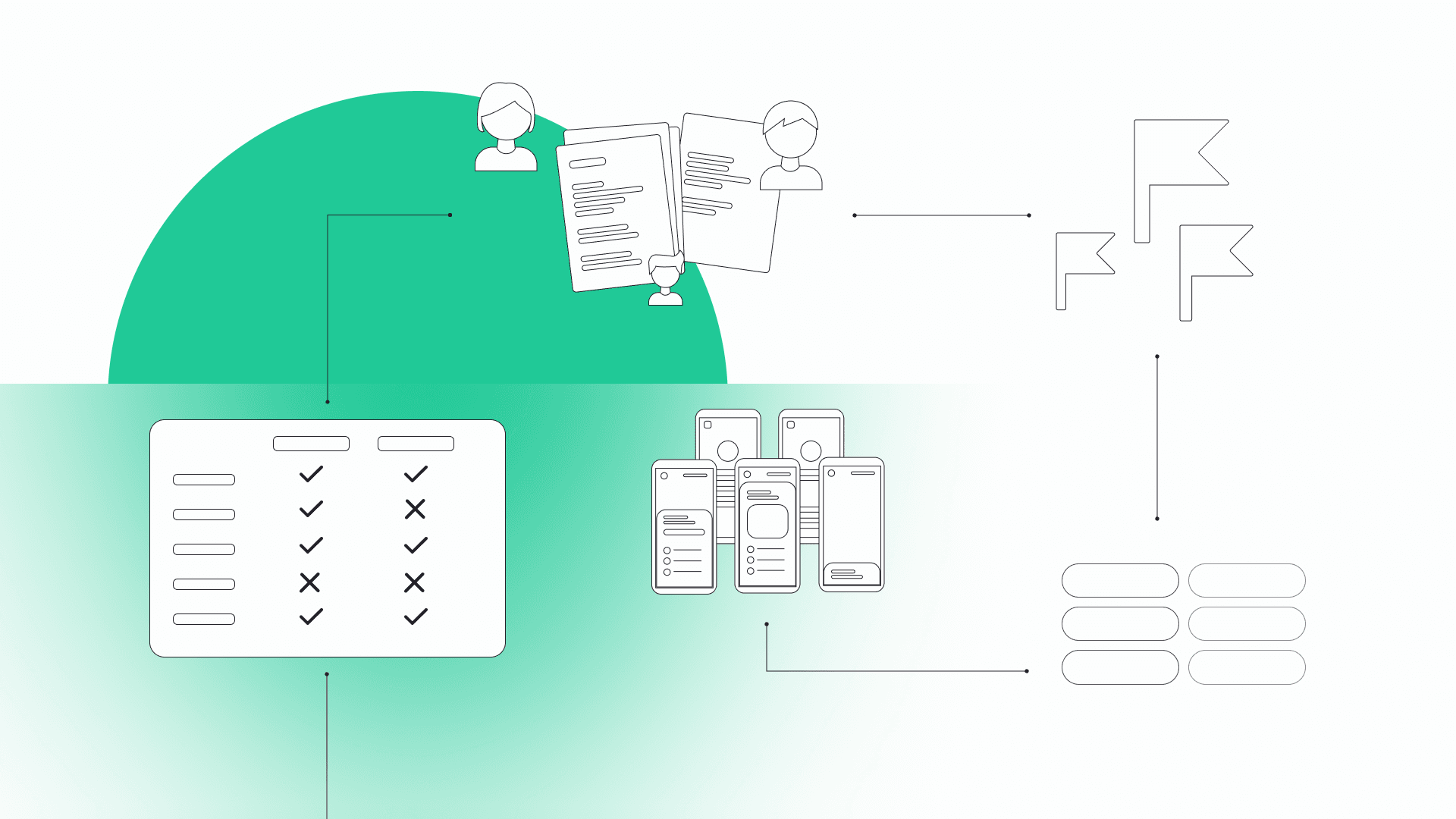Project management has become a hot topic not only in the software development industry but in other industries as well. Teams adapt various methodologies to become faster, more efficient, and more flexible to changes. One of them is Agile methodology with Scrum framework.
In this article, I’ll focus on Scrum project management – Scrum values and pillars (transparency, inspection, and adaptation), empiricism in Scrum, and how it can help you in agile product delivery.
What’s Scrum?
But before we get to the three pillars of Scrum, let’s start from the basics.
Scrum is an Agile framework that provides adaptive solutions to complex issues. It breaks down all that has to be done into small chunks of work and then prioritizes them.
Plus, thanks to sprint plannings, retrospectives, and daily meetings, the entire process (along with the priorities) is systematically reviewed. Because of the iterative approach, the final product is much more likely to win the hearts of the end-users.
Scrum = empiricism
Now the core of Scrum lies in empiricism and lean thinking. As stated in the Scrum Guide: “Empiricism asserts that knowledge comes from experience and making decisions based on what is observed. Lean thinking reduces waste and focuses on the essentials.”
This means Scrum focuses on evidence, facts, and experience. Not on the abstract ideas.
One of the great values of Scrum is that it encourages you to constantly innovate and experiment to ensure that the product you’re building is the one the end-users truly need.
So if, during product development, the users’ feedback or any other insights say otherwise, the cross-functional team iterates and changes the project’s direction. As simple as that. And by responding to those needs, you get boosted user experience and improved final product.
It’s the attention to reality that drives product development.


Have a project in mind?
Let’s meet - book a free consultation and we’ll get back to you within 24 hrs.
Three pillars of the Scrum framework
But to be able to pivot so fast and to be so cautious of the reality, the product team has to work with a few rules in mind. These are three pillars of Scrum. Transparency, inspection, and adaptation are the base of empirical process control. Let’s take a closer look at each of them.
Transparency
As a Scrum pillar, transparency means that everyone involved (development team, client, shareholders, users) knows what happens at each stage of product development. In this way, they’re more engaged in the process.
What does transparency mean in the Scrum environment? In a nutshell, it’s about having a clear definition of done, openly discussing the ideas, voicing concerns, proposing solutions, and don’t hold anything back.
But in reality, it’s much more than that. It’s also ensuring that the Scrum tools (product backlog, sprint backlog) has all the updated information and that everyone has access to them. Creating opportunities to talk and exchange this information, such as sprint planning meetings, daily meetings, sprint review, and sprint retrospective.
Every contribution is acknowledged, and every setback is addressed.
Inspection
Team transparency allows for inspection, which is another Scrum pillar. It means that the process and the product (along with Scrum artefacts, tools, and people involved) are systematically checked as a part of the Scrum framework.
And who’s responsible for that? The entire agile team. However, it can be overseen by the Scrum Master to ensure that the process goes as planned.
The inspection leads to feedback which impacts the final pillar – adaptation.
Adaptation
As the last Scrum pillar, adaptation directly influences the solution. After the in-depth inspection (that’s possible because of transparency), we can adapt all the input to improve the product further. It’s about continuous improvement so that we can adjust the design, product, process, whatever it is that’s the result of the inspection.
In short, Scrum is the process of innovation and ongoing development.
Why follow the 3 Scrum pillars?
As you can see all three Scrum pillars are vital, they influence one another. So once you master Scrum methodology, the entire team will be able to build a digital product that will bring value to the end-users and thus, succeed on the market. And even though the Scrum framework is flexible, these 3 pillars are fixed as they’re the core of Agile product delivery.
Three pillars of Scrum will help you find the right solutions, work more effectively, be more creative and, in time, develop faster. They’re the real power of Scrum.
Final thoughts
I hope this article showed you the value of Scrum methodology in the product development process. It works well because it adheres to the three underlying Agile principles (transparency, inspection, adaptation) that allow for smooth and iterative product delivery.
Need a flexible, knowledgable Scrum team for your next project? We got you. Reach out to us, and let’s start your journey together.


Have a project in mind?
Let’s meet - book a free consultation and we’ll get back to you within 24 hrs.
Ela writes about the fundamentals of great development, project management approaches, ways to develop a proof of concept or an MVP, UX, our company culture, and many other things happening in Gorrion.



